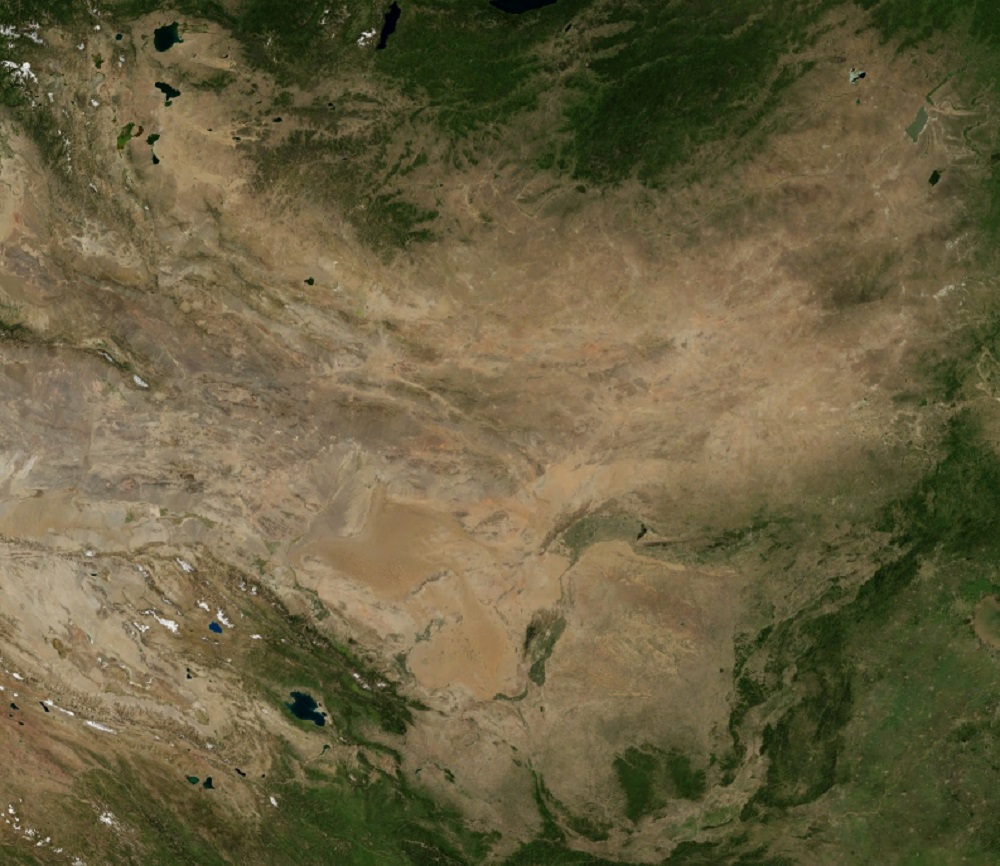From pv magazine global
Desert solar plants may increase humidity while reducing wind speed and evaporation, according to “Projected PV plants in China’s Gobi Deserts would result in lower evaporation and wind,” which was recently published by scientists from the National Climate Centre of China Meteorological Administration (CMA) in Solar Energy. The researchers claim that the local climate impacts of the solar parks could be equivalent if not stronger than those caused by climate change.
The researchers quantitatively compared the climate effects of solar parks in the Gobi Deserts in China under various emission scenarios. This is the first such comparison between PV-induced climate effects and projected climate variability.
The team combined the Weather Research and Forecasting (WRF) and Coupled Model Intercomparison Project Phase 6 (CMIP6) projection models for the simulations. WRF is a numerical weather prediction system suitable for various applications, such as weather forecasting and atmospheric research, while the CMIP6 is used for climate projections. The CMIP6 is commonly used to understand past, present and future climate changes arising from natural, unforced variability.
“In situ meteorological observations from two PV power plants, located in Xinjiang and Qinghai, China, were also included to validate this model,” the academics stated. “In this parameterization, each utility-scale PV plant is treated as a shortwave radiation sink and a sensible heat flux source, and the latent heat flux directly relates to evaporation through the latent heat of vaporization.”
To represent typical summer/winter climatology, the team analyzed 20 different five-year July and January periods from 2008 to 2062.
“These favorable changes in humidity, evaporation and wind speed, as predicted in this study, would contribute to improving ecological conditions, which are in line with the previous reports about the vigorously growth of vegetation in PV plants established in dry climates,” they said.
The study suggests that the spatial coverage of solar plants has a greater impact on climate than their intensity.
“Therefore, future work is needed to address this issue by conducting the long-term simulations under different scenarios, and the dependence of the PV-induced effects on climate and soil conditions should be also considered,” the scientists concluded.
This content is protected by copyright and may not be reused. If you want to cooperate with us and would like to reuse some of our content, please contact: editors@pv-magazine.com.









By submitting this form you agree to pv magazine using your data for the purposes of publishing your comment.
Your personal data will only be disclosed or otherwise transmitted to third parties for the purposes of spam filtering or if this is necessary for technical maintenance of the website. Any other transfer to third parties will not take place unless this is justified on the basis of applicable data protection regulations or if pv magazine is legally obliged to do so.
You may revoke this consent at any time with effect for the future, in which case your personal data will be deleted immediately. Otherwise, your data will be deleted if pv magazine has processed your request or the purpose of data storage is fulfilled.
Further information on data privacy can be found in our Data Protection Policy.